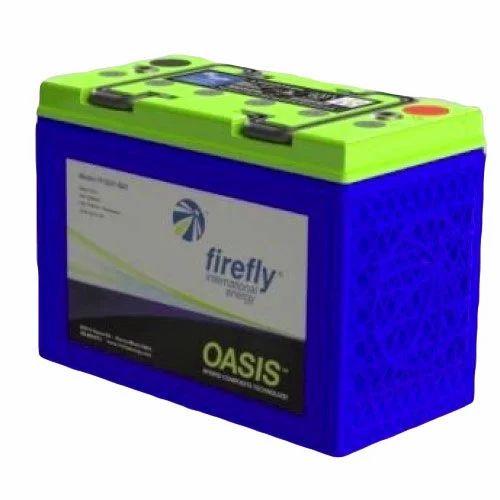Hmm, does that mean i should put off my purchase until its comes out ?
Actually, such a model is not a good idea. You do not want grid tie integrated. You want grid tie in a separate unit
Check out the below video. He explains very well.
Also calls into question MPPT integrated vs standalone.
Yes I saw the video about 1 week after the flin arrived. But even before that I knew about the fact that it cannot mix the balance power. So if want a inverter like that, it costs I think around 90k, which was the price of buying separate grid tied and off grid inverters. As said in my earlier posts a few pages back, this was the reason I went with a inverter that accepts high mppt voltage like other grid tie models.
Now when they do launch the new model with high mppt voltage and grid tie function, it will cost more then the ultimate model, about the same as the earlier hybrid low voltage mppt model. So I would say about 90k ball park. You can get a 3kw grid tie and a 5kw fusion inverter for the price of a true hybrid one.
Further more the new model will take time to get MNRE approval. But nevertheless I would wait for the new models.
Heh, to what do you connect the solar array if you have one
Not to the Flinn but another grid tie inverter for most flexibitly
What do you think

The dilemma with his model is that he has a low voltage MppT axpert inverter but grid tie inverters mostly use high voltage mppt input upto 400 to 500v for 1.5kw to 5kw systems.
So he cannot connect the inverters solar input in parallel to grid tie and off grid model.
Secondly flin fusion model takes battery and solar power to power heavy load, if the battery voltage drops really low due to low charge level, then it would fall back to the grid, until the battery is charge back again by solar upto to the predetermined battery voltage set by the user and it would then switch back to solar.
Since I have not connected or have bought any panels, that's my educated guess.
Another issue he has his that when its cloudy because of its low voltage mppt controller (which just bucks the input to the battery voltage) he will have not enough power from solar, where as in the high voltage mppt controller it converts the 400v dc bus input, it does both buck and boost and then inverts it to AC. Only the high voltage Mppt model like flin fusion works with no battery. Also the reason it cannot mix power from solar and grid simultaneously, only, the flin ultimate model can do it in off grid inverters, apart from the hybrid ones.
Low voltage mppt models need battery compulsory. So the fusion model can handle some heavy load under solar power a good bit better under cloudy conditions.
See, this is what i missed
4 x 100 AH gets you a 48V system for close to 2 x 200 Ah at 24 V
4 x 100 AH = Rs. 44,400
2 x 200 Ah = Rs. 42, 200
Maybe i should get the
5KVA Flinn Fuzion instead of the
3kVA
Rs.62.7k vs Rs. 48.9k
This dilemma over inability to add more batteries to a two battery system is simply resolved by using smaller capacity batteries in a 48V system
There is an added space requirement with venting now.
I have a floor above which I did not think of but should it be necessary to also support then 5kVA is better than 3kVA
You can get cheaper prices off line for batteries. Like 10.7k lowest quote for 100ah, 14k for 150ah , didn't ask the price for 200ah but its below 20k each.
Is the stair case area within the house living room area, the fan is noisy 57db at 1 meter in my stairs, 46db above the stairs into the first floor door. If the door next to the inverter is close, messured from outside the house main door, it is 46db. Ambient noise at 12am plus is 42db. It appears that flin may have asked the oem to put higher fan spin profile in the firmware for india, owing to general hot conditions or poorer maintenance of. Most installations in india have the solar inverter fixed outside the building. I put it inside the house under the stair case.
Also observed was that the fan seems to spin at a max speed, it doesn't run slower. Despite the fact that the ambient room temperature is 23 to 24c after the fans come ON the temperature sensor that I have placed under the inverter fan blowing out area shows it rise upto 28c when the fans switches off the sensor reads 24c.
I have mailed flin if they have a different firmware with a different fan profile.
Not necessary if you can use the Flinn
Doesn't matter what inverter you use if you have equal to or more then 2 batteries, external battery equalizer is a must
If you just give a high voltage equalizing charge it will take out the sulfation but it will not prevent one battery from being under charged or other battery from being overcharge. That's is why you need a BMS, be it for lithium or lead acid battery.
Take the 4 batteries that I got all where within 50 milli volt when they arrived but as soon as i put them to charge one was at 13.2 other was at 13.5, one was almost close to 1v lower then others. with bms connected it brought the difference between each batteries to 0.02 to 0.2v. This is Not lithium BMS level accuracy but close enough for the crude lead acid chemistry.






